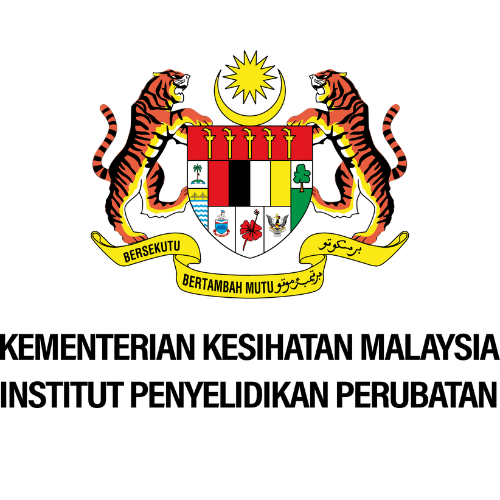Mangifera odorata Griffith
Family
Anacardiaceae
Synonyms
Mangifera foetida Lour. var. bom-bom Blume and var. kawini Blume, Mangifera oblongifolia Hook.f., Mangifera foet Lour. var. odorata (Griffith) Pierre.
Vernacular Names
| Malaysia | Kuini (Malay, East Malaysia), huani or wani (Sabah). |
| English | Kuwini. |
| Indonesia | Bembem, kaweni (Sundanese, West Java), kuweni or kweni (Malay, Sumatra,Kalimantan; Javanese, central Java). |
| Philippines | Huani, uani (Cebu, Bisaya), juani (Jolo). |
| Thailand |
Kinning (Narathiwat Province), mamuang chingreet or mamuang paa (central). |
| French |
Kuweni, manguier odorant. |
Geographical Distributions
Mangifera odorata has never been found in the wild. Its exact origin remains unknown. The species possibly represents hybrid forms between M. indica and M. foetida. It is commonly cultivated in Borneo, Sumatra and Java. In Borneo, it is largely confined to the areas near coastal towns or along travel routes, suggesting relatively recent introduction. It is also found in peninsular Thailand, South Sulawesi and in the Philippines on the south coast of Mindanao, in the Sulu Archipelago and neighbouring islands. It seems to be occasionally cultivated in southern Vietnam, and on Christmas and Guam Islands.
Description
M. odorata is a medium-sized tree, 10-15 m and rarely exceeding 20 m height. The crown is spherical or broadly ovoid. The bole is straight, with grey bark and contains irritant sap.
The leaves are irregularly scattered on rather thick branchlets, oblong-lance-shaped, measuring 12-35 cm x 4-10 cm, coriaceous-chartaceous, with non-wavy edge, shortly acuminate, with prominent reticulated veins especially on the lower surface and not or hardly odorous when bruised. The petiole is 3-7cm and swollen at base.
The panicles are terminal, pyramidal, 15-50 cm long, rather densely flowered and yellowish-green tinged with reddish-brown rachis. The flowers are 5(-6)-merous, about 6 mm wide and fragrant. The sepals are ovate, 3-4 mm long and brown-red or partly green. The petals are lance-shaped, measuring about 5-6 mm x 1.2-2 mm, yellowish at the base, pale pinkish towards the apex, reflexed, with 3-5 fingers (‘ridges’) on 2/3 of the length of the petals, confluent at the base and pale yellow but later turn to dark red. There are 5(-6) stamens, with only 1 fertile while the filament is 5 mm long and staminodes are 1.5-2 mm long. The ovary is nearly spherical, yellowish, with excentric style, 3-5 mm long and dark red.
The fruit is an obliquely ellipsoid-oblong, hardly flattened drupe, measuring 10-13 cm x 6-9 cm, green to yellowish-green and sparingly spotted with dark brown lenticels. The rind is rather thick (3-4 mm). The flesh is orange-yellow, firm, fibrous, sourish-sweet, juicy, with a pungent smell and taste of turpentine while its stone measures 8-10 cm x 4.5-5 cm x 2.5-3 cm and covered with soft fibres.
Ecology / Cultivation
M. odorata thrives below 1000 m sea-level in tropical areas with a fairly heavy rainfall that is equally distributed throughout the year, although it grows even with a moderate rainfall (1200 mm) provided there are no prolonged dry periods.
Line Drawing / Photograph
References
- Plant Resources of South-East Asia No.2: Edible fruits and nuts.




